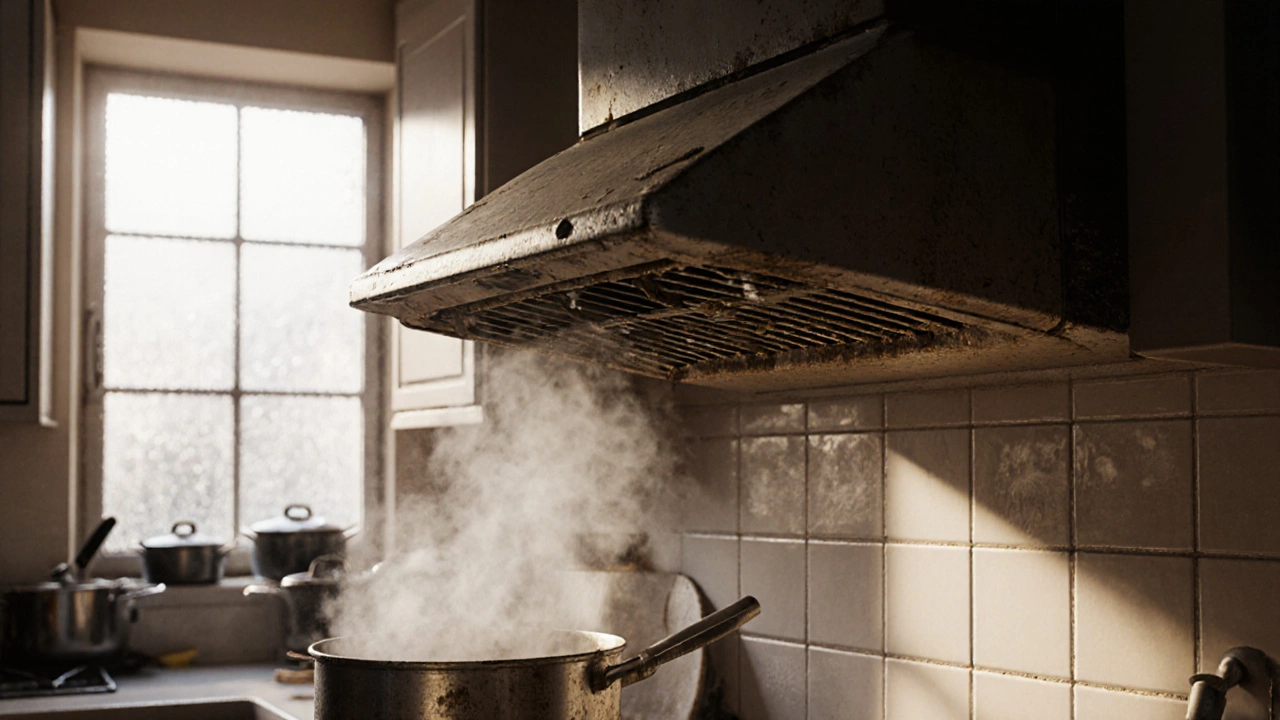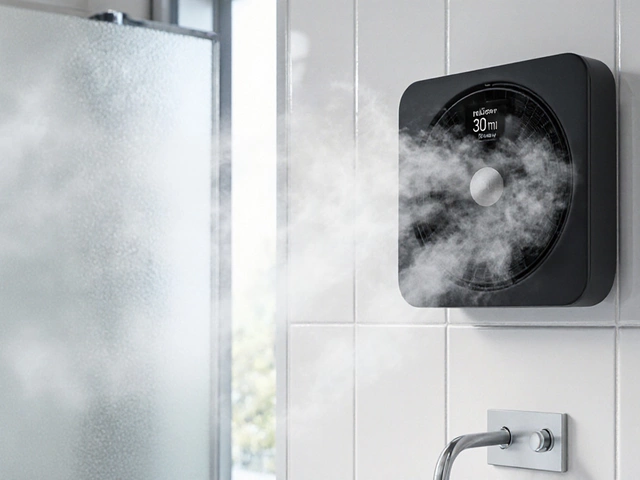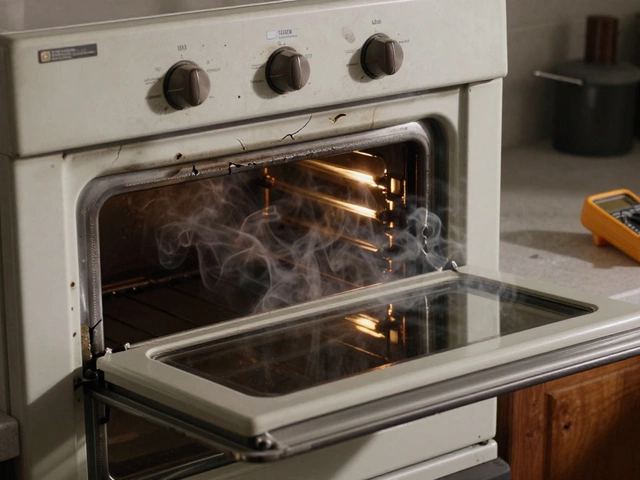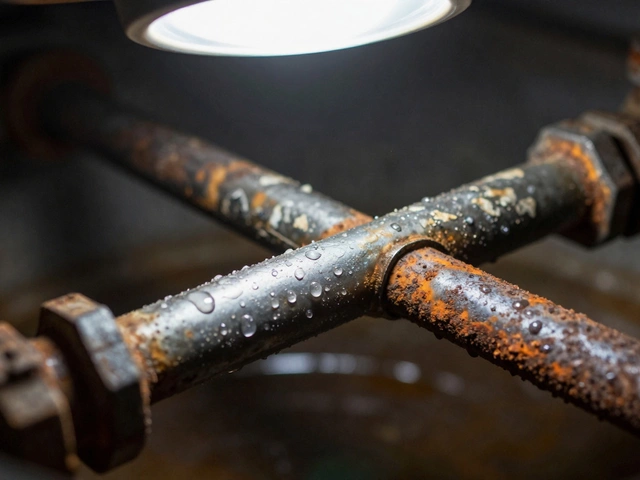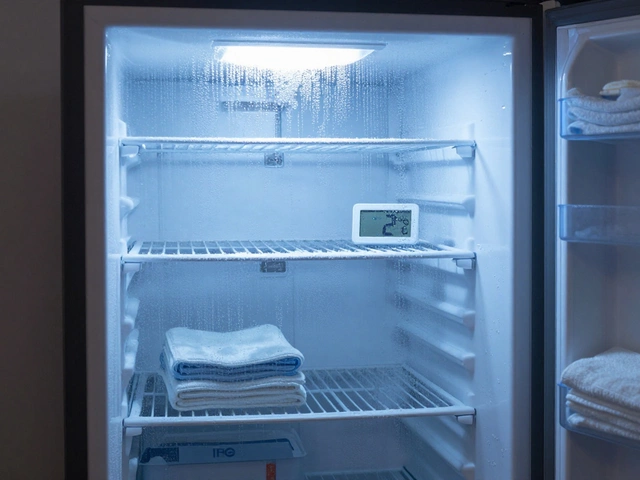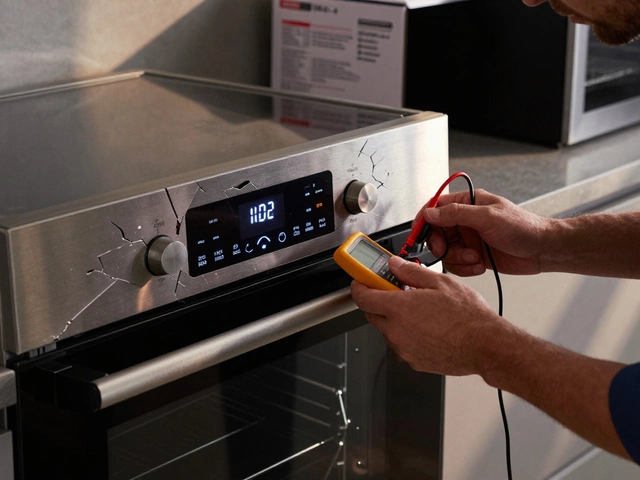Extractor Fan Lifespan Calculator
Your Estimated Fan Lifespan
-
Enter your fan details above to see results
When to Replace
Consider replacing your fan when you see these signs:
Extractor fans don’t last forever. If yours is making a new rattling noise, running slower than it used to, or just won’t turn off no matter how many times you flip the switch, you’re probably wondering: how long do extractor fans last? The short answer? Between 10 and 15 years. But that’s only if it was installed right, cleaned regularly, and not stuck in a steam-filled bathroom or grease-clogged kitchen without a filter.
What Actually Determines How Long an Extractor Fan Lasts?
It’s not just the brand or price tag. The real lifespan comes down to three things: environment, usage, and care.
Think about it. A fan in a small bathroom that gets used twice a day for 10 minutes? That’s gentle. A fan above a gas stove in a busy home where someone cooks three meals a day, every day? That’s a different story. Grease, moisture, and dust don’t just clog the blades-they eat away at the motor bearings over time.
Most extractor fans use a small AC motor with ball bearings. These aren’t built like industrial motors. They’re cheap, compact, and meant to last under light to moderate use. When grease builds up around the shaft or moisture rusts the bearings, the motor starts dragging. That’s when the fan gets louder, slower, or overheats. At that point, you’re not fixing it-you’re delaying the inevitable.
Signs Your Extractor Fan Is Reaching Its End
You don’t need a technician to tell you when it’s done. Here are the five clear red flags:
- It’s louder than ever. A gentle hum turning into a grinding or buzzing sound means the bearings are failing. No amount of cleaning will fix that.
- The fan won’t reach full speed. If it takes 10 seconds to spin up, or it stalls when you turn it on, the motor is losing power. This usually happens after 10+ years of use.
- Moisture or condensation builds up after use. If your bathroom still fogs up even when the fan runs for 20 minutes, the airflow is too weak. That’s not a duct blockage-it’s a weak motor.
- The lights (if it has them) flicker or die. Many extractor fans have built-in lighting. If the lights go out but the fan still runs, the wiring or capacitor is failing. If both go, the whole unit is likely cooked.
- You smell something burning. A faint plastic or ozone smell? That’s insulation breaking down inside the motor. Turn it off. Don’t use it again.
One of my clients in Hataitai had a fan that ran for 18 years. It was a basic model from the 1990s, installed in a low-use bathroom. It never had a filter. It was cleaned once, in 2010. That’s the exception. Most fans die before 12 years.
How Maintenance Extends Lifespan
Regular cleaning isn’t optional. It’s the single biggest factor in making your fan last longer.
Every 3 to 6 months, turn off the power and remove the cover. Use a soft brush or old toothbrush to scrape off grease and dust from the blades and housing. Wipe it down with warm, soapy water. Let it dry completely before reassembling.
If your fan has a grease filter (common in kitchen models), clean it monthly. Soak it in hot water with dish soap for 15 minutes. Rinse and dry. A clogged filter forces the motor to work harder-and that’s how you kill it early.
Don’t forget the duct. If your fan vents outside, check the external hood every year. Birds, leaves, and spider webs love to block the outlet. A blocked duct means the fan can’t pull air out. That causes heat buildup, which fries the motor faster.
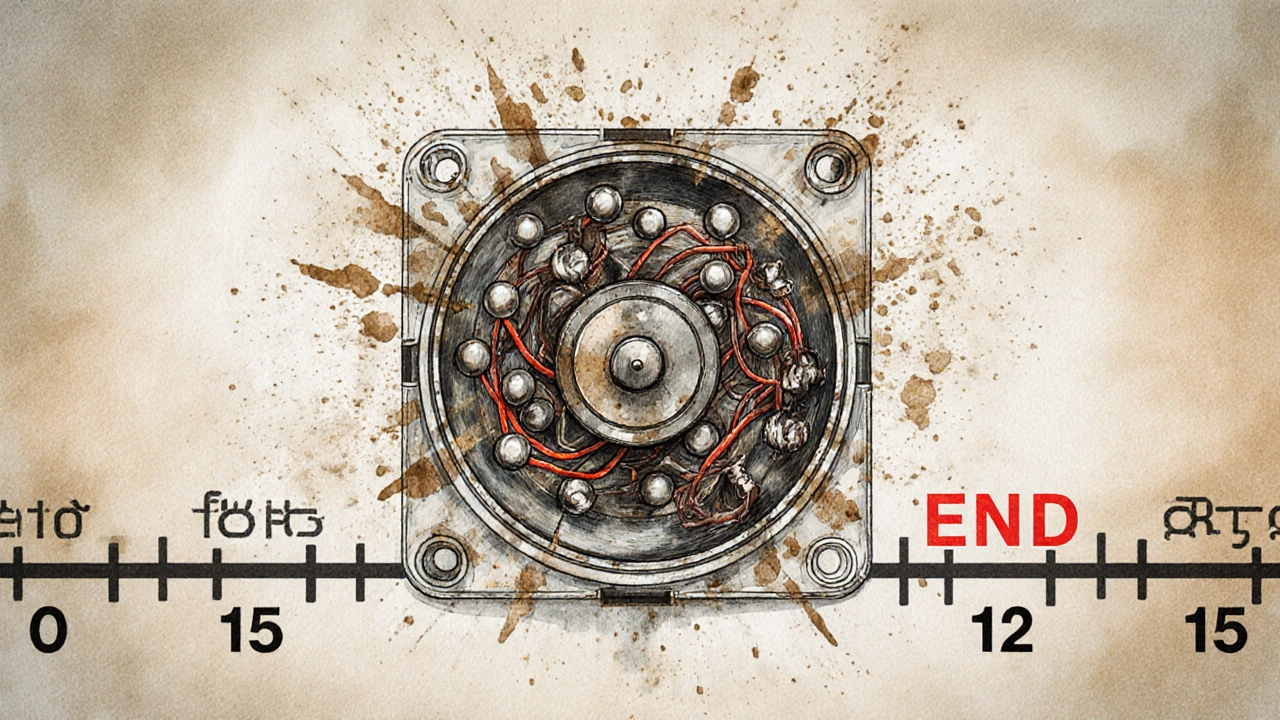
Do Cheap Fans Last Less Than Expensive Ones?
Not always. A $30 fan from a hardware store might die in 5 years. But a $150 fan from a reputable brand like Vent-Axia, extract, or Zehnder might last 15+ years-if it’s maintained.
What’s the difference? Better bearings, thicker metal housings, and sealed motors that resist moisture. Some high-end models even have thermal overload protection. That shuts the motor down before it burns out.
But here’s the catch: most people don’t pay for quality. They buy the cheapest fan they can find, install it themselves, and never touch it again. That’s why so many fans fail before 8 years.
For kitchens, go for a fan with a metal grease filter and a rated airflow of at least 100 liters per second. For bathrooms, look for one with a humidity sensor and a timer. Those features help the fan run only when needed, reducing wear.
When to Repair vs. Replace
Here’s the truth: extractor fan repair rarely makes financial sense.
Replacing the motor alone costs $80-$150, plus labor. That’s 60-80% of the price of a new fan. And even if you fix it, the rest of the unit-the housing, the wiring, the switch-is just as old. It’ll likely fail again in a year.
There are two exceptions:
- Your fan is under 5 years old and the issue is a loose blade or a broken switch. Those are cheap fixes.
- You have a custom or vintage unit that matches your home’s design and you can find an exact replacement motor.
Otherwise, replacement is the smart move. Modern fans are quieter, more efficient, and come with smart features like motion sensors and app control. You’ll save energy, reduce moisture damage, and get better air quality.
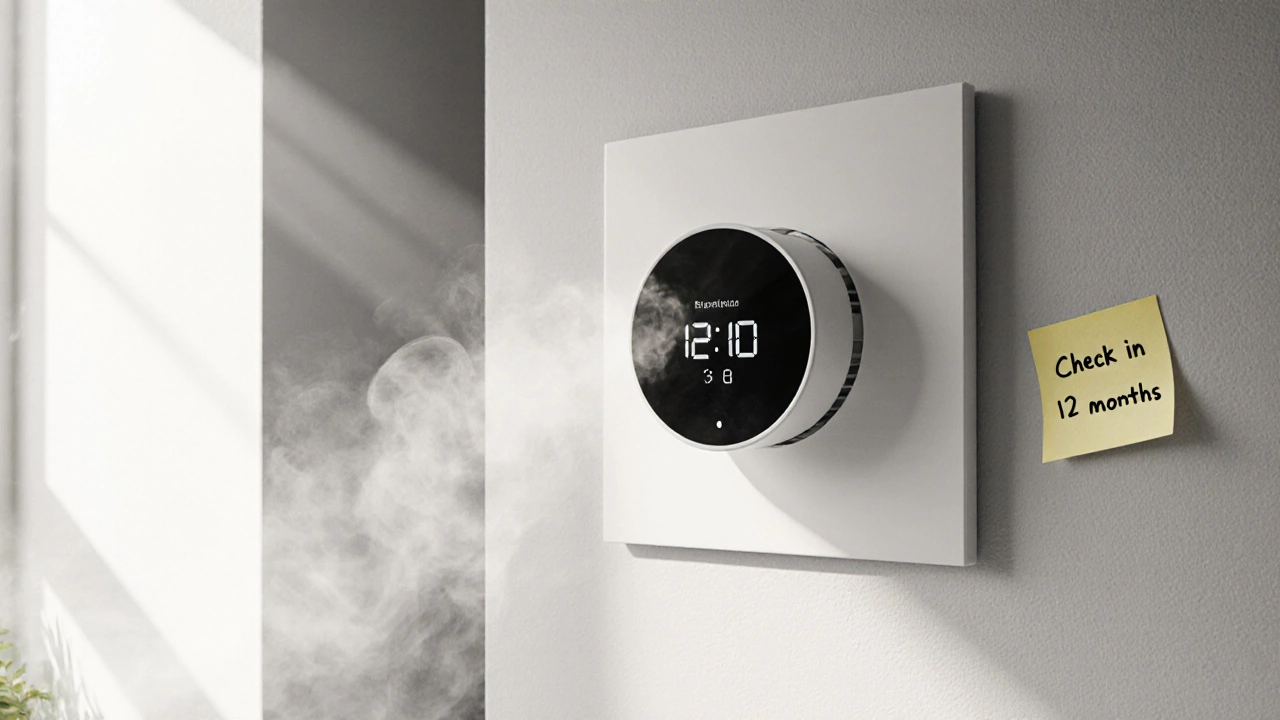
What to Look for When Buying a New One
Don’t just pick the first fan on the shelf. Here’s what actually matters:
- CFM or L/s rating. For kitchens, aim for 100-150 L/s. For bathrooms, 30-60 L/s is enough. Bigger isn’t always better-too strong and you’ll pull too much heat out in winter.
- Noise level. Look for 30 dB or lower. Anything above 40 dB is noticeable and annoying.
- Energy rating. Choose A or A+ models. They use 30-50% less power than older fans.
- Timer or humidity sensor. These let the fan run for 10-20 minutes after you leave the room. That’s key for removing moisture.
- Warranty. 5-year warranty? That’s a good sign the manufacturer stands behind it.
Brands like extract, Vent-Axia, and Manrose consistently score well in independent tests. Avoid no-name brands from online marketplaces. Their specs are often fake, and the motors burn out fast.
How Long Do You Really Need to Wait?
If your fan is 12 years old and still working fine, don’t panic. But start planning. Don’t wait until it dies in the middle of winter or during a steamy shower.
Set a reminder in your phone: “Check extractor fan” every 12 months. Clean it. Listen for noise. Test the airflow. If you notice any of the red flags, replace it within the next 6 months.
Replacing a fan takes less than an hour if you’re handy. If not, a local electrician or appliance technician can do it for $150-$250. That’s cheaper than repairing a water-damaged ceiling or dealing with mold growth from a failed fan.
Extractor fans are one of the most overlooked appliances in the house. But they’re also one of the most important. They protect your walls, your insulation, and your health. Don’t treat them like disposable items. Treat them like the quiet heroes they are.

